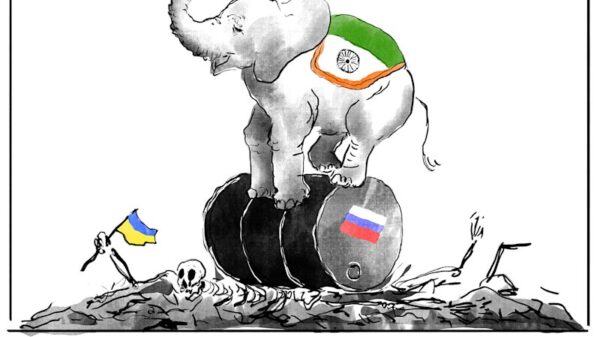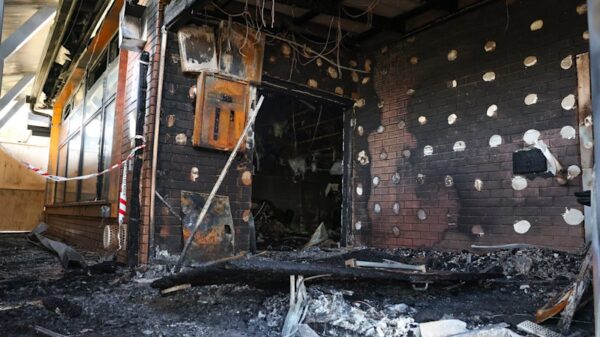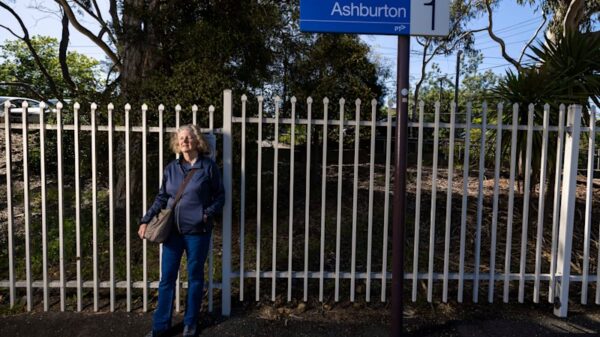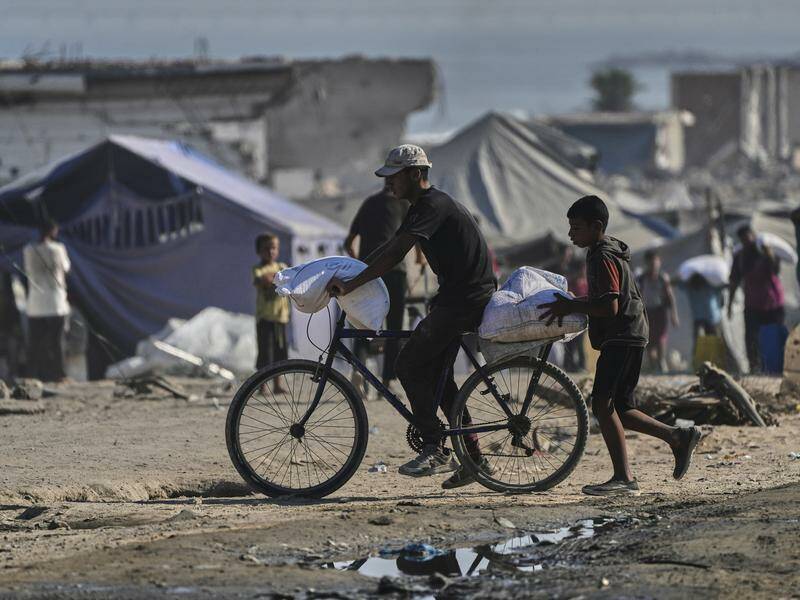Israeli airstrikes and gunfire have resulted in the deaths of at least 33 Palestinians in Gaza, according to local hospitals. Many victims were either sheltering in tents or desperately seeking food in an area facing severe famine. This tragic development has intensified international scrutiny of Israel’s ongoing military operations, which have persisted for over 22 months.
The Israeli Defense Minister has warned that a new military operation may soon be launched against Gaza City, potentially leading to its destruction. This announcement comes as humanitarian conditions continue to deteriorate, with aid groups highlighting the catastrophic hunger stemming from the conflict that escalated after Hamas’s attack on October 7, 2023. Israel has disputed claims of famine, labeling them as “an outright lie.”
On the ground, the situation remains dire. Strikes in southern Gaza have reportedly killed at least 17 individuals, more than half of whom were women and children. Health officials at Nasser Hospital indicated that these strikes targeted tents housing displaced people in Khan Younis. One grieving relative, Hekmat Foujo, expressed her anguish, pleading for a ceasefire, saying, “We want to rest… have some mercy on us.”
In northern Gaza, Israeli gunfire took the lives of at least five individuals seeking aid near the Zikim crossing, where UN and other aid convoys enter the territory. According to health officials at Sheikh Radwan Field Hospital, eleven additional fatalities occurred in various attacks across the region. The Israeli military stated it was unaware of the specific strike in Khan Younis and was investigating the other incidents.
Survivors recount harrowing experiences. Mohamed Saada, among the many seeking food in Zikim, described his disappointment at returning empty-handed due to overwhelming crowds and dangerous conditions. “I came here to bring food for my children but couldn’t get anything,” he lamented. Some individuals managed to carry basic supplies like lentils and flour, while others transported the injured on makeshift stretchers, navigating through debris as temperatures soared above 33 degrees Celsius.
A recent report from the Integrated Food Security Phase Classification indicated that the famine in Gaza City is likely to worsen if conflict and restrictions on aid persist. It estimates that nearly half a million people, or around one-fourth of Gaza’s population, are facing catastrophic levels of hunger. This alarming declaration follows a 2.5-month blockade imposed by Israel earlier this year, which was partially lifted to allow some aid, primarily from the Gaza Humanitarian Foundation, a US-backed supplier.
Despite global outrage over images of starving children, Israel has allowed limited food airdrops and land deliveries. Nonetheless, humanitarian organizations argue that these efforts remain insufficient. Reports from AP journalists have described chaotic scenes during aid deliveries, with recurring instances of Israeli troops firing at those seeking assistance. The Israeli military asserts that warning shots are fired to deter individuals approaching their positions.
Israeli Prime Minister Benjamin Netanyahu maintains that adequate aid has been allowed into Gaza during the conflict, while accusing Hamas of exacerbating the humanitarian crisis by starving the hostages it holds. As ground troops remain active in strategic areas, military operations in Gaza City could commence within days, affecting hundreds of thousands of civilians.
Aid organizations, including Doctors Without Borders (MSF), report a surge in patients at clinics around Gaza City as people flee the violence. Caroline Willemen, MSF project coordinator, noted an increase in airstrikes since early August. “Those who have not moved are wondering what they should do,” she stated, emphasizing the difficult choices facing residents who fear for their safety yet wish to remain in their homes.
As the situation in Gaza continues to unfold, the humanitarian crisis demands urgent attention and action from the international community.































































